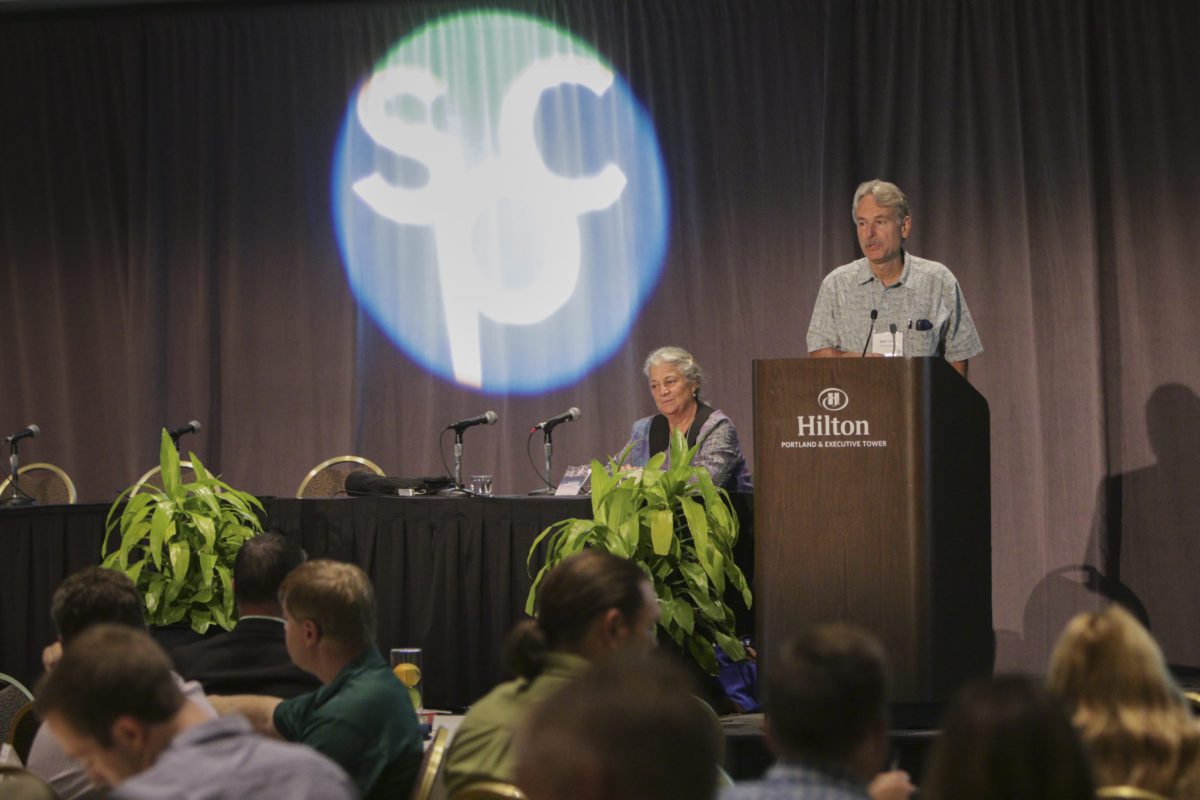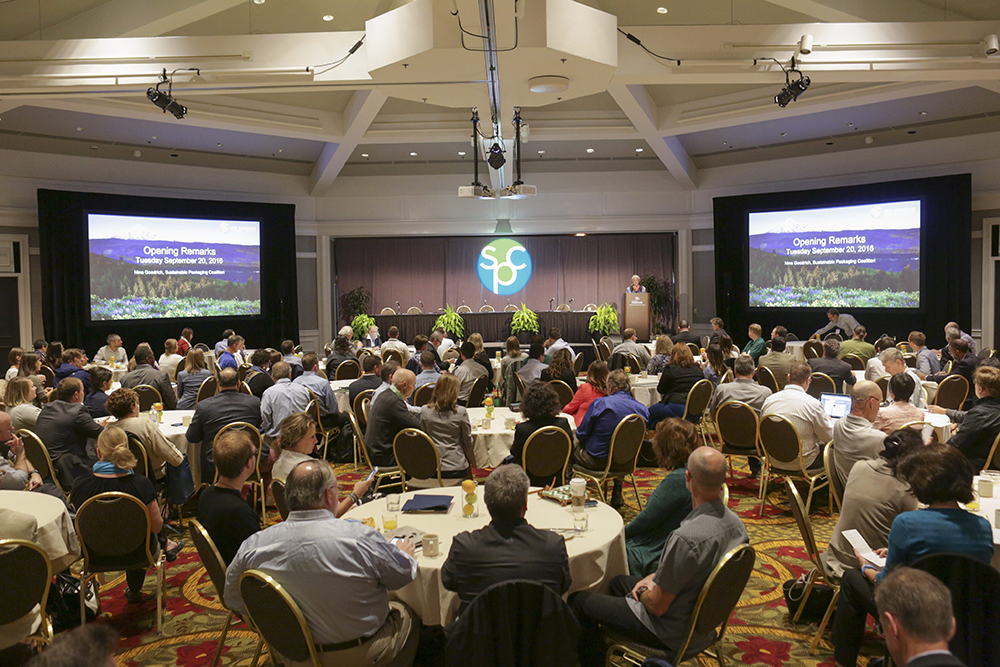2016 started off with high expectations after significant commitments were made at the U.N. COP 21 climate talks in Paris. The world seemed ready to change. Opportunities were outlined for business to contribute to achieving the goals set for the U.S. These included the usual suspects of energy reduction and support for alternative energy but also included new areas of contribution including: support for recycling, support for food waste reduction, sustainable forest management, and reduction of waste to landfill. This was the first time that the connection was made for many people of the potential impact our industry could have on meeting the COP 21 commitments.
Recycling was under fire in 2015 due to weak markets and low prices. Climate change mitigation was a welcome new way to measure the importance of recycling and recovery. In 2015, EPA announced very bold goal of 50-percent reduction of food waste by 2030. Diverting food waste from the landfill emerged as a significant way to reduce our carbon footprint.
Innovations in sustainable packaging
Innovation and collaboration in the sustainability space is crucial to stay relevant in today’s world. Consumers are pushing our industry to step up our sustainability initiatives and want information and transparency.
In October, TruCost was acquired by the S&P Dow Jones Indices. Trucost is a leader in carbon and environmental data and risk analysis. Alex Matturri, CEO of S&P Dow Jones Indices, said “The demand for environmental, social and governance (ESG) data and indices is growing. The merger positions the combined entity to satisfy growing market demand through new product development and the portfolio carbon footprinting. This is a strong signal that ESG is increasingly important to the corporate sector investors.
In the nonprofit sector we measure success by the impact we make with our resources and how well we deliver on our mission. The Sustainable Packaging Coalition’s mission is: to bring packaging stakeholders together to catalyze actionable improvements to packaging systems and lend an authoritative voice on issues related to packaging sustainability.
This year we experienced growth in all of our programs and launched several new initiatives. How2Recycle membership grew rapidly to over 60 member companies, whose products comprise thousands of brands, and many members expanded their use of the label across a variety of new packages. This was aided by the release of the Centralized Study on the Availability of Recycling . The study provided new insights into consumer access to recycling and demonstrated that only 53% of Americans have automatic access to curbside.
We launched the How2Compost label and conducted research on the role that compostable packaging can play in food waste diversion from landfill. SPC’s Forest Products Working Group launched a new version of the Environmental Paper Assessment Tool (EPAT 3.0) and partnered with American Forest Foundation to develop a new landscape assurance model for family owned forests.
This years SPC Advance was the largest fall event in SPC history. During the event, a number of exciting announcements were made, including an open invitation to attend our new biopolymer event, SPC Bioplastics Converge, and the creation of ASTRX, a partnership with The Recycling Partnership to map barriers and opportunities within the recycling landscape, and to deliver more high-quality recyclables to the supply chain.
Brands making a difference
Many of our members announced new packaging goals: In October PepsiCo announced a number of new goals including:
- Achieve zero waste to landfill across its direct operations by 2025.
- Reduce the food waste it generates in its direct operations by 50% by 2025.
- Design 100% of its packaging to be recoverable or recyclable by 2025, while partnering to increase packaging recovery and recycling rates.
At the Walmart Sustainable Packaging Summit in October, Walmart launched a new playbook that would focus on three key areas:
- Source Sustainably: maximize recycled and sustainably-sourced renewable content, while enhancing the health of the materials they use in their packaging.
- Optimize Design: find ways to reduce unnecessary packaging materials, such as extra boxes, ties or layers, while maintaining what is necessary to protect the product.
- Support Recycling: increase use of recyclable content, while working to improve infrastructure for hard-to-recycle materials; as well as clearly communicate recyclability using consumer-friendly labels, such as the How2Recycle.
The summit was followed by an additional announcement in November that included new packaging goals. By 2025, Walmart is committed to:
- Achieving zero waste to landfill in Canada, Japan, U.K and the U.S.
- Using 100 percent recyclable packaging for all private-label brands
These are significant because they represent the second wave of sustainability goals and specifically address recyclable packaging. In the past, many companies had weak goals around recycled content and recyclability. These new goals along with the other advancements in the industry over the past year, represent a significant raising of the bar and give us a lot to look forward to as the new year approaches.

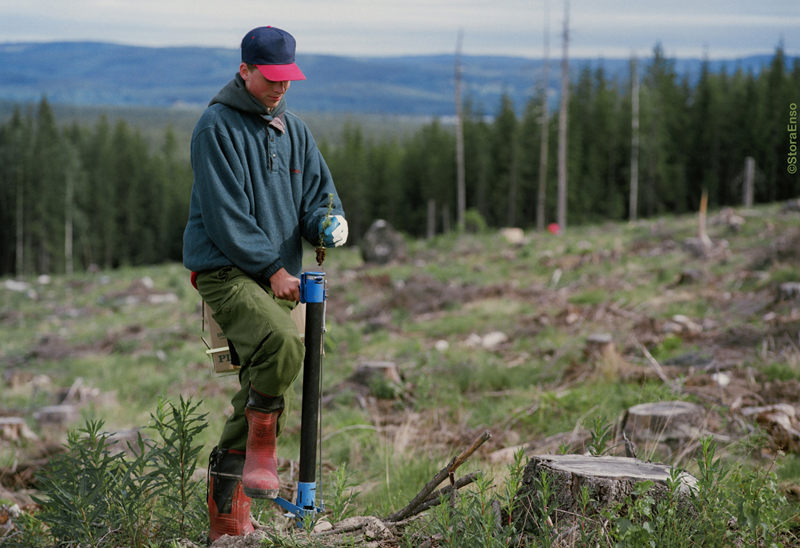
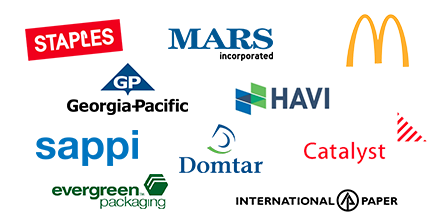

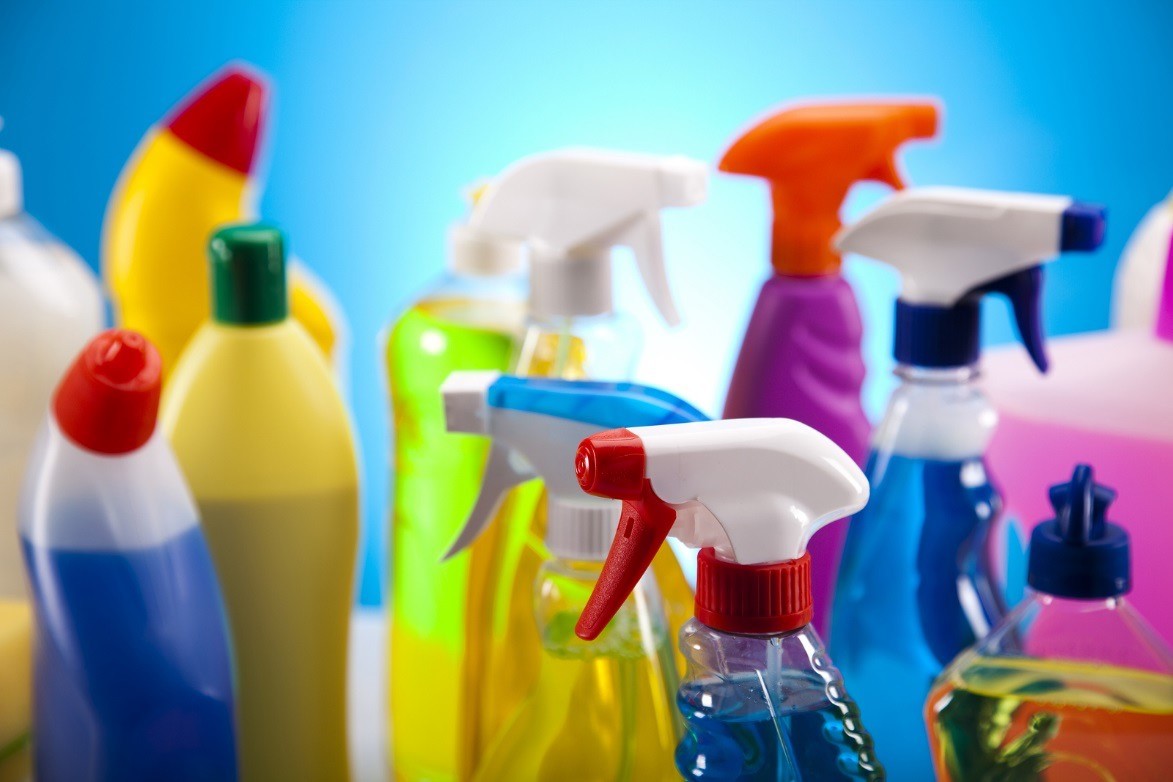

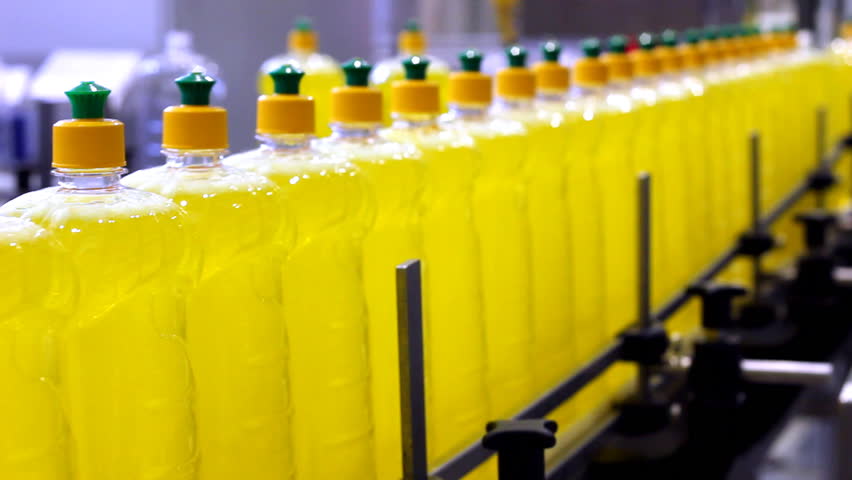


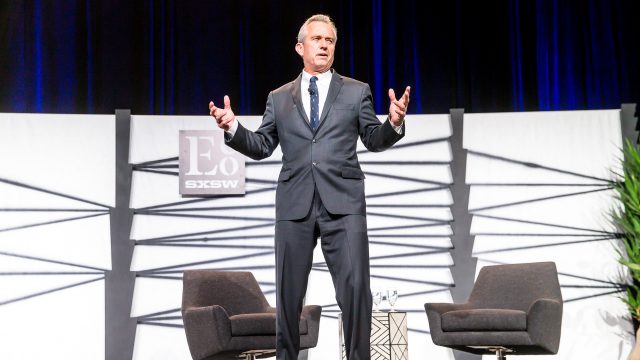
 “Wherever you see the large scale environmental injury, you’ll also see the subversion of democracy, the corruption of public officials, the capture of political agencies that are supposed to protect all Americans from pollution,” Kennedy said.
“Wherever you see the large scale environmental injury, you’ll also see the subversion of democracy, the corruption of public officials, the capture of political agencies that are supposed to protect all Americans from pollution,” Kennedy said.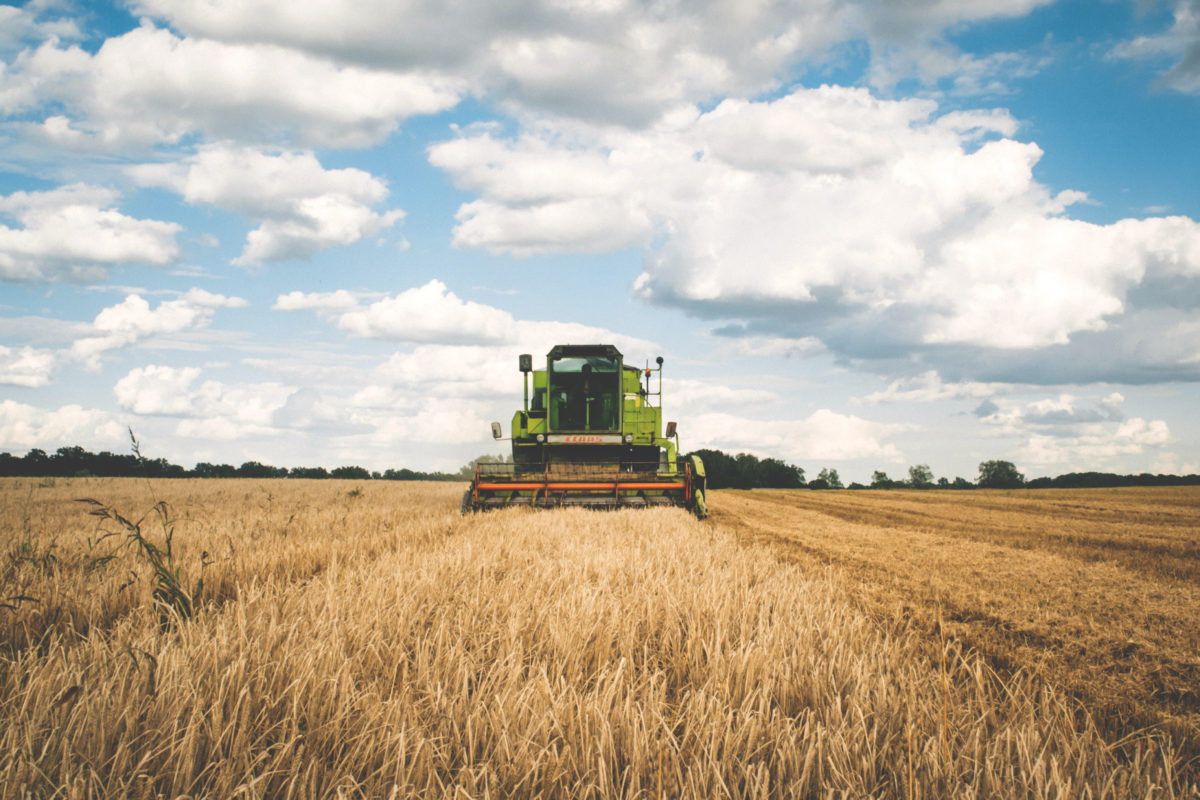
 The label is currently on Kashi products that source from farmlands that are
The label is currently on Kashi products that source from farmlands that are 
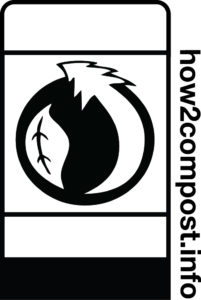 Non-compostable plastic bags that are tinted green,
Non-compostable plastic bags that are tinted green, 